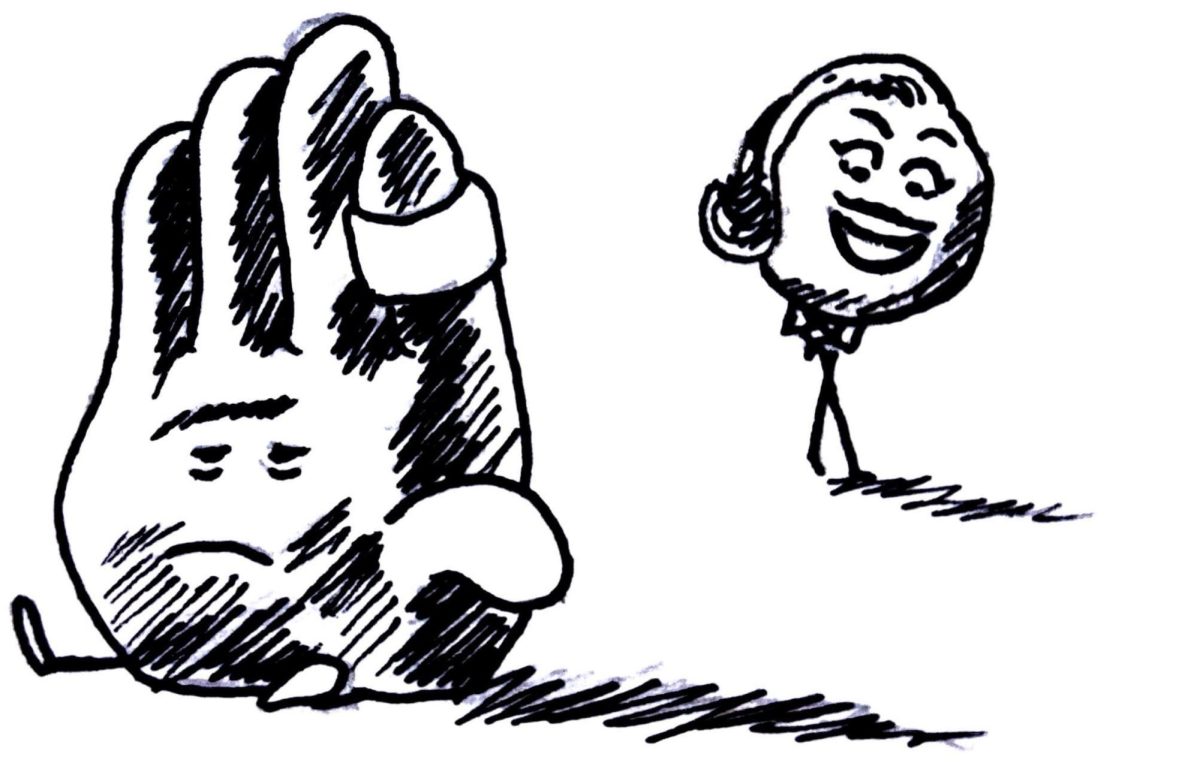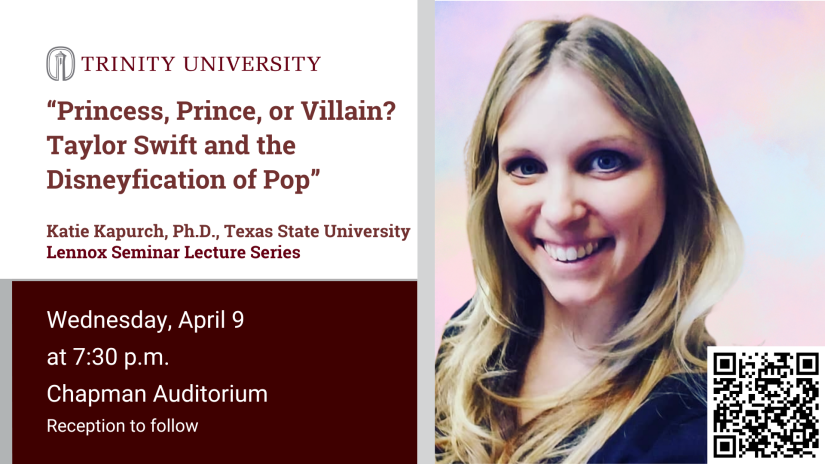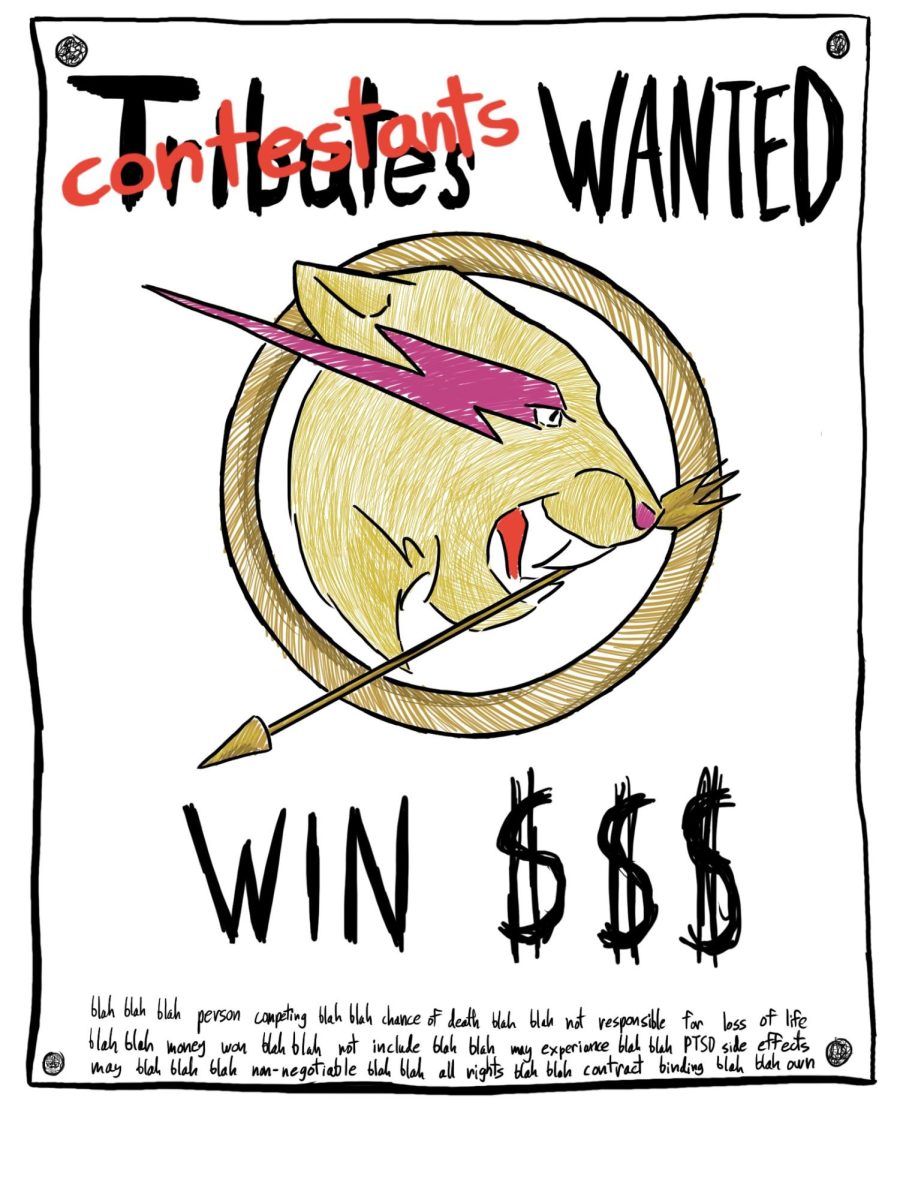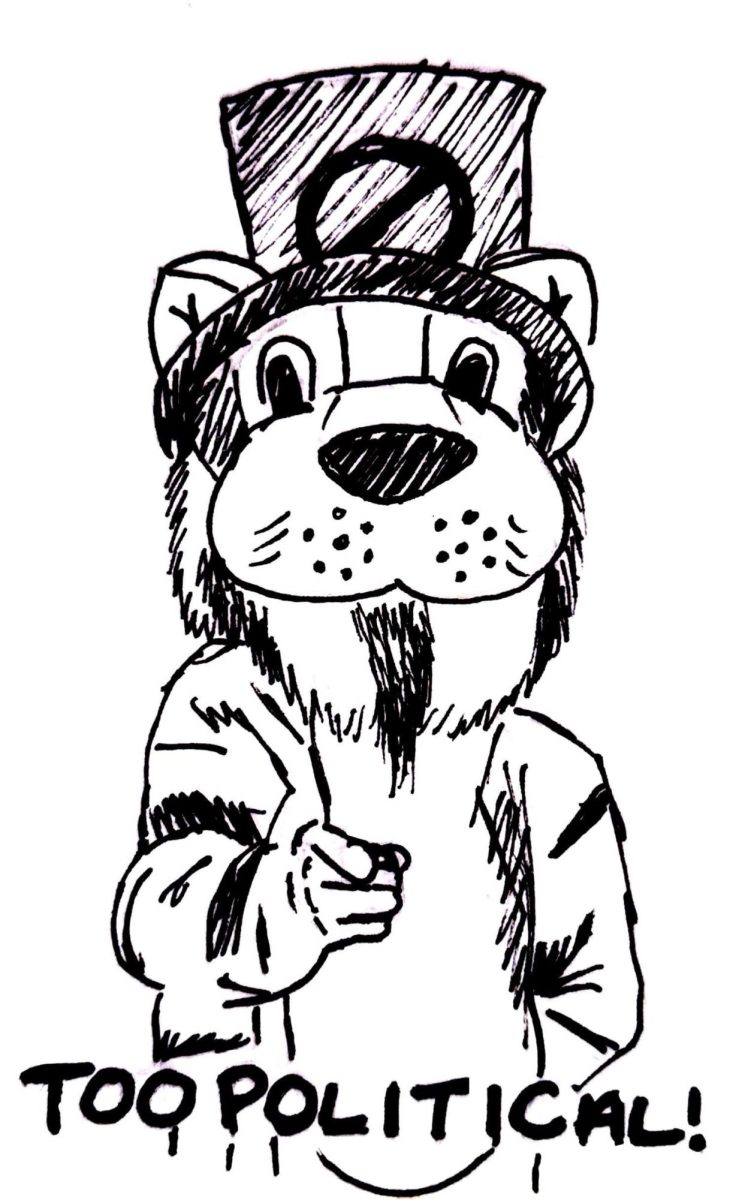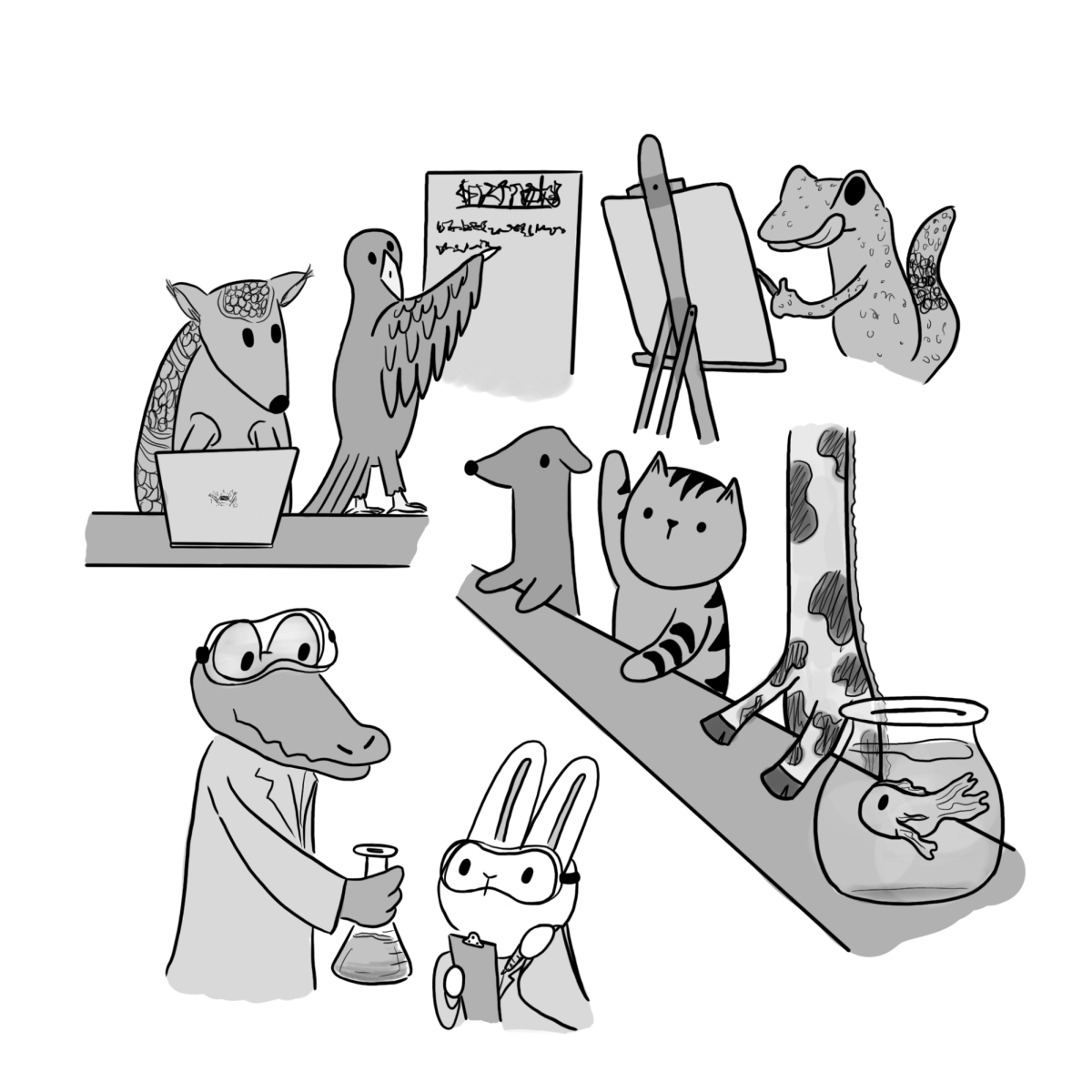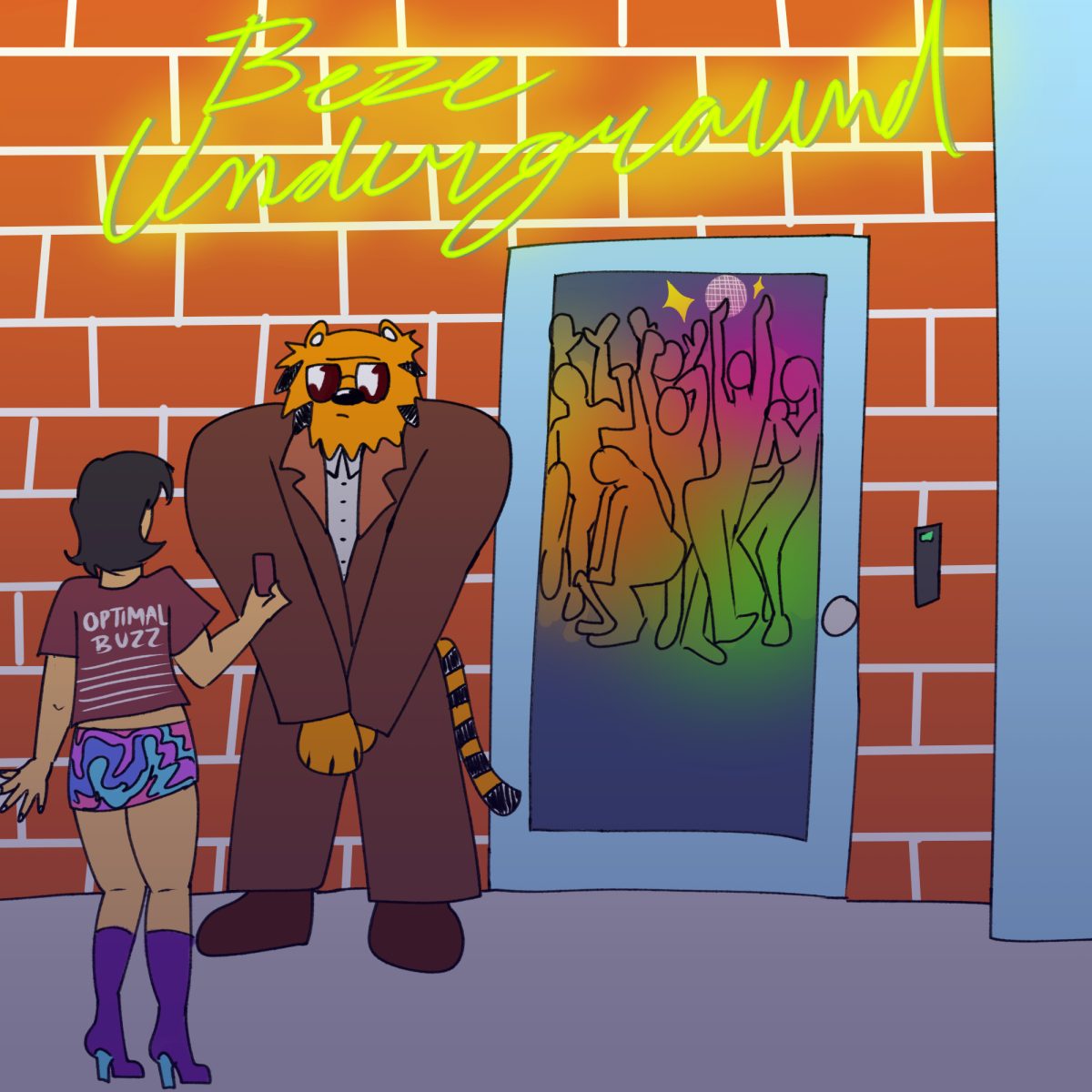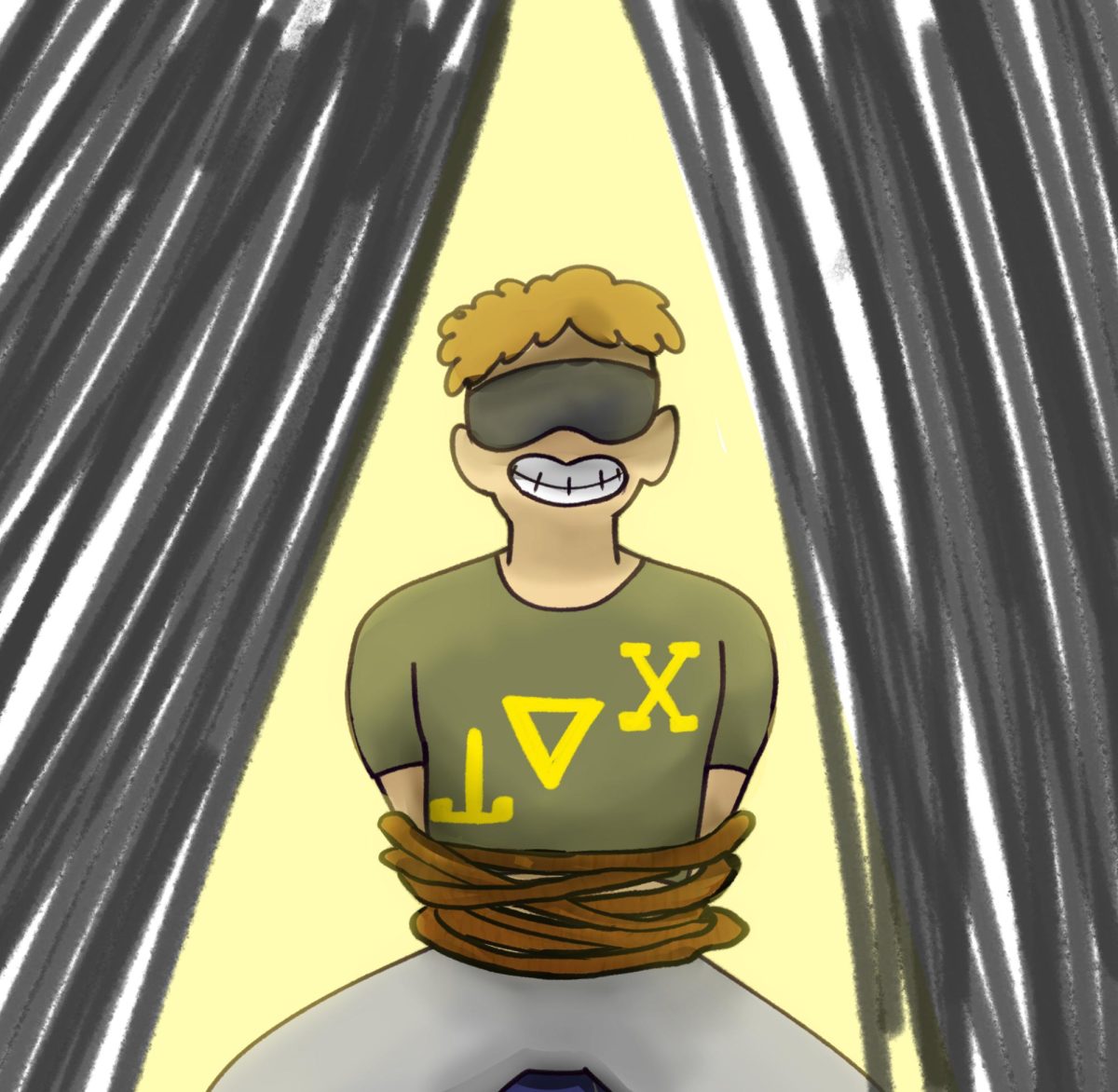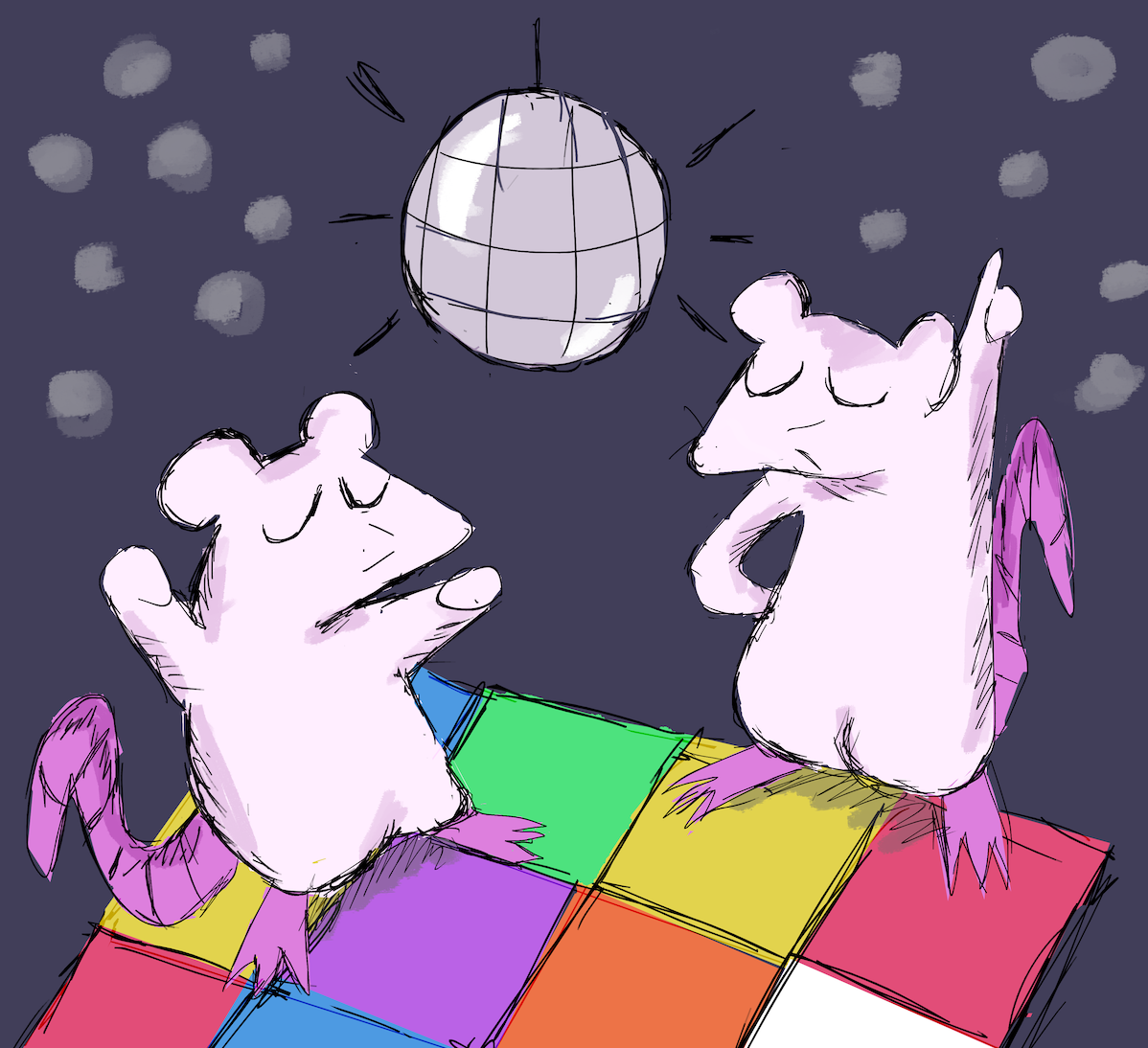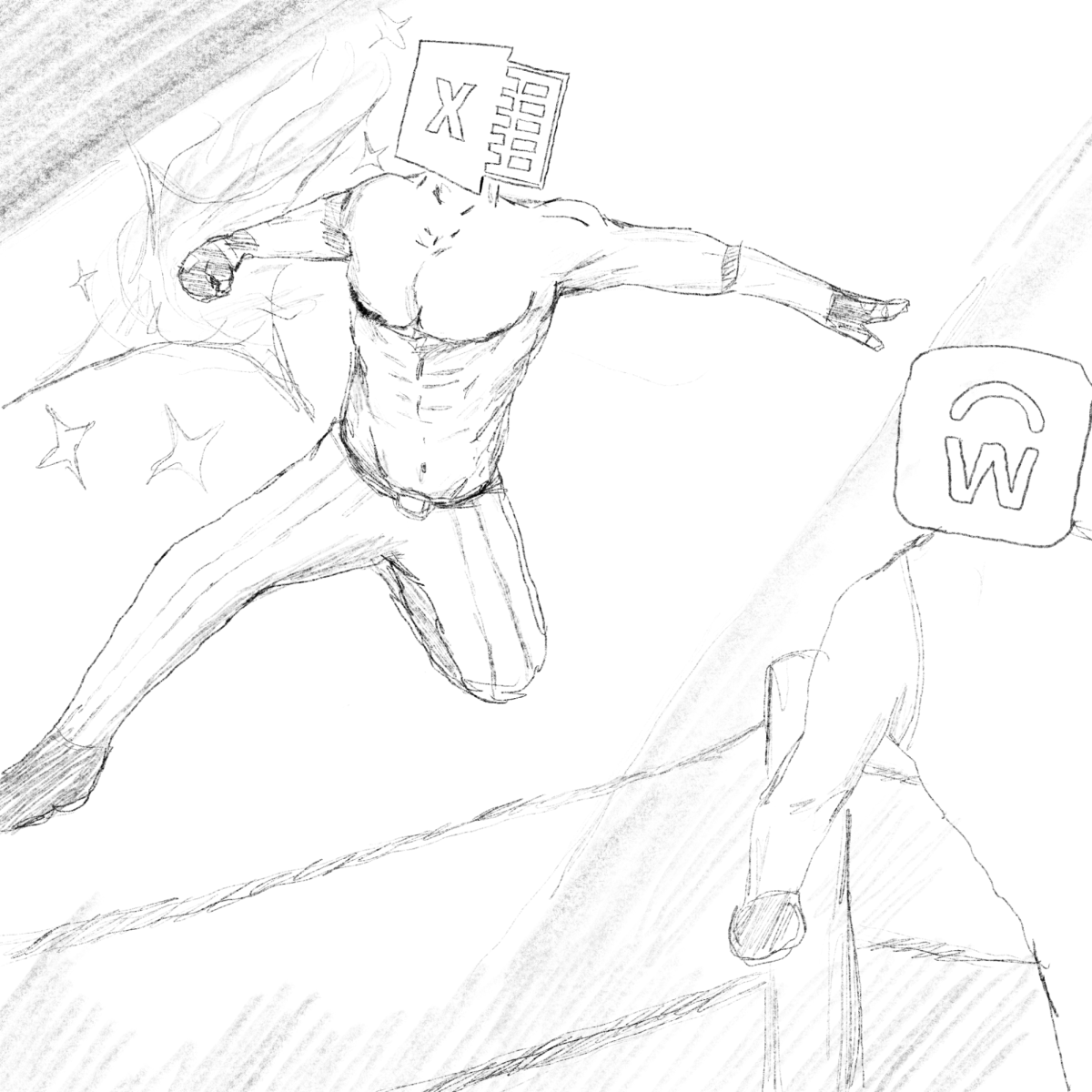This piece is entirely satirical. Read the rest of our April Fool’s edition, the Trinibonian, here
Have you ever watched a film so profoundly moving that you couldn’t stop crying during the screening? For me, that movie was “The Emoji Movie.” You may be wondering: why review “The Emoji Movie” now? It’s been eight years since its release, but public perception is shifting with the recent Criterion Collection director’s cut. I believe it’s my duty to become an arbiter of truth and help guide this cultural shift and renaissance.
Tony Leondis, director of classics such as “Lilo & Stitch 2” and “Igor,” delivered what would become his magnum opus: “The Emoji Movie.” Sadly, it was his last film (due to the film’s unjust critical reception, the industry has refused to let him direct again). The story follows Gene, a “meh” emoji, whose great struggle is that he displays more than just the meh face (not the rizz face, sorry, The Rizzler) With the help of friends like Hi-5 and Jailbreak, Gene embarks on a quest to erase his individuality and conform to society, a deeply moving and completely original plot. To claim anything otherwise would be completely absurd.
Beyond the breathtaking concept, the film also boasts an all-star voice cast. Of course, we must disregard lesser-known and lousy voice actors like Patrick Stewart, Anna Faris, Maya Rudolph, Christina Aguilera, and Jennifer Coolidge. Instead, we should focus on the true heavyweights: T.J. Miller as Gene Meh and James Corden as Hi-5. T.J. Miller delivers a phenomenal performance, bringing a depth of emotion that defies the very limits of traditional voice acting. His performance alone elevates the film to the likes of Kubrick. Meanwhile, James Corden delivers a voice performance so delightful that I simply can not for the life of me understand how anyone could ever find him irritating. His comedic timing is impeccable and unmatched, filling the humor gap the film had.
Speaking of humor, the comedy in “The Emoji Movie” is absolutely revolutionary. The film’s social commentary on phone addiction in youths is nothing short of groundbreaking, an issue never before explored in our pop culture media. And for the adults in the audience, the film sprinkles in some more adult, sophisticated humor, like the timeless “Steven, for the last time, I don’t want to buy a timeshare” joke, or the subtle inclusion of an eggplant emoji in the “rarely used emoji” party section. It’s this kind of comedic nuance that makes “The Emoji Movie” a work of genius.
One common critique of the film is its excessive product placement. Such as the Sony smartphone, WeChat, Twitter, Candy Crush, Dropbox, Facebook, Instagram, Spotify, and over 20 other brands. But in my expert opinion, this was essential. Without this corporate sponsorship, Tony Leondis would never have been able to bring his artistic vision to life. If you have a problem with the product placement, you simply do not understand what it takes and the sacrifices required to create true art, and on some level, you don’t want this masterpiece to be made.

